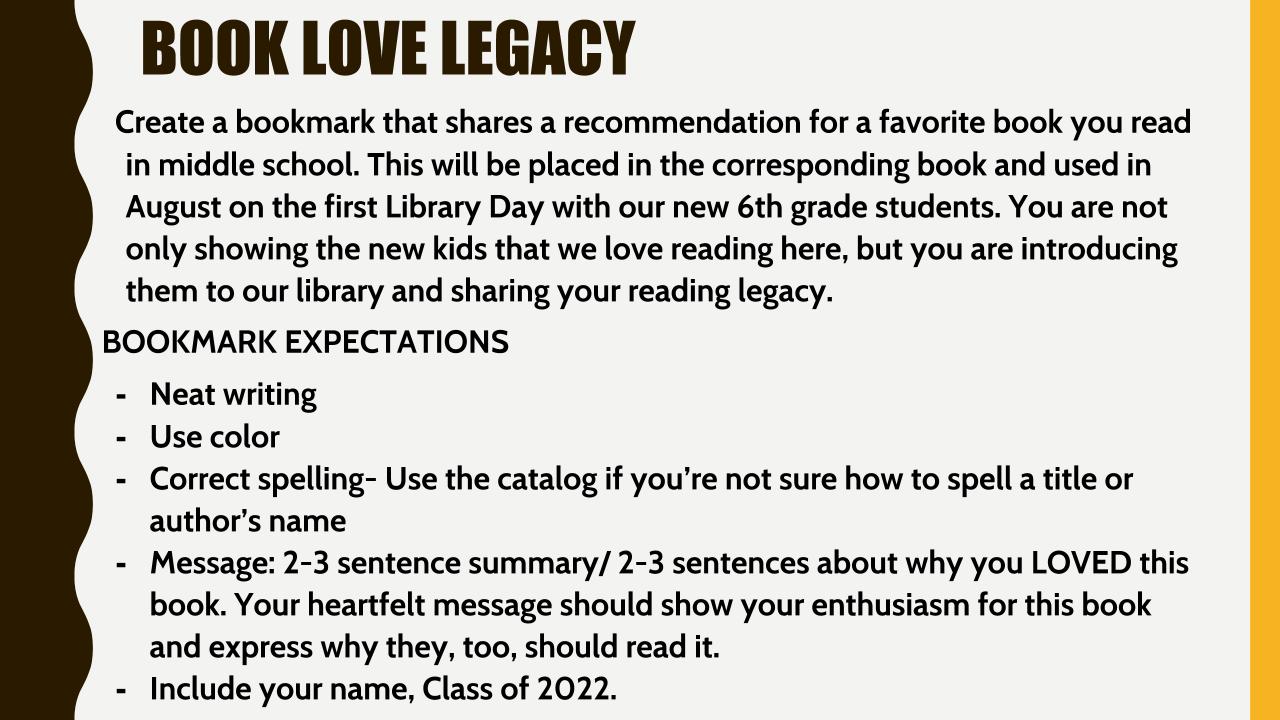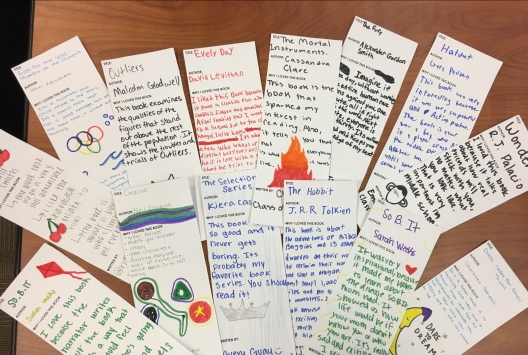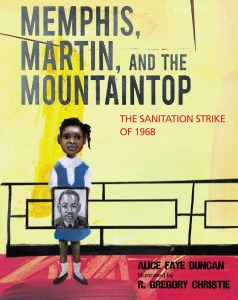Libraries are magical! –Jill Breznican, Senior Archivist at Walt Disney Studios Animation Research Library
When I met Jill Breznican at the Printz Awards reception at ALA’s Annual Conference in New Orleans in 2018, I sounded like one of my middle schoolers…”Wait, what!? You’re a librarian for Disney?” I had no idea there is a team of librarians working behind the scenes in the Animation Research Library to preserve the artifacts and elements of Disney’s animation history. Attending ALA Annual or Midwinter is a wonderful way to network with librarians working in libraries of all kinds, listening to and learning from their stories. We can be better advocates for our profession when we get to know librarians outside of our area of expertise because we gain a broader perspective on the impact of libraries in our society. Today, I’m stepping away from school libraries to venture into what it’s like to be an archivist for the “happiest place on earth.” Meet Jill!

What is the Walt Disney Studios Animation Research Library? Walt Disney had the foresight to preserve animation assets and production documents from the Studio’s start in 1923, and that work continues today with staff, librarians, and archivists like me. In the 1930s the repository became known as “The Morgue”, a term borrowed from newspaper archives that held heavily referenced clippings, notes, and correspondence. At Disney, it was used as a circulating library where animators could check out production art and were expected to return it on the honor system. With the development of the official Walt Disney Studio Archives in the 1970s, The Morgue became a more disciplined art archive. Its name changed again in the 1980s to the Animation Research Library (ARL).
Today, the ARL is the official collection for original materials of the Walt Disney Animation Studios. It’s not open to the public except by invitation, and this corporate collection stands as the largest assemblage of animation artwork in the world. The primary responsibility of the ARL is the preservation of this cinematic history, as well as making this unique body of work available for internal study and research and serving a variety of other purposes within The Walt Disney Company. With the move to
computer animated films in recent years, millions of born digital assets now join the over 65 million pieces of physical animation art in the collection

What is your title at the Walt Disney Studios Animation Research Library and how long have you been the librarian there?
I’m a senior archivist and just celebrated 11 years.
What do you enjoy most about being a librarian there?
Without a doubt, its preserving the collection, which spans nearly one hundred years of Disney animation history from Mickey Mouse to Moana. We care for all the elements that go into creating a film, including story sketches, visual development, animation drawings, backgrounds, animation cels, and 3D models known as maquettes. Working with the artistry captured in each of these pieces never loses its magic.
I also manage our reference collection. In addition to books, magazines, and exhibition catalogs, it includes rare books like Virginia Lee Burton’s The Little House and Munro Leaf’s The Story of Ferdinand that were part of the original Studio Library collection and used as source material for early projects. It’s always fun to pull out the circulation cards to see which past employees checked them out. We also have a first-edition, 1920 copy of Animated Cartoons: How They Are Made, Their Origin And
Development by E.G. Lutz – arguably the first book to describe what was then state-of-the-art animation techniques. A 19-year-old Walt Disney discovered the book at the Kansas City Public Library and used it as a guide during the beginning of his animation career.
When people find out you’re a librarian for Disney, what’s the first thing they ask?
They’re always astonished that the ARL exists! In fact, we’re one of many specialized libraries and archives at the Walt Disney Company as well as a part of an even bigger network of institutions within the Los Angeles area tasked with preserving the entertainment industry. An artist or storyteller would often bounce from one studio to the other in the course of their career, so it’s important to know what collections will help tell their full story.

What does a day in the life of the Disney librarian look like? How many libraries and librarians does Disney have?
We’re a bit like a university library system, but instead of collections that center around subject areas ours focus on different business units. We have dedicated professionals who preserve collections and field research requests for areas like the main studio, the parks, consumer products, publishing, and theatrical (to name just a few). And, just like other libraries, we’re responsible for creating and maintaining metadata and taxonomy structures for our catalogs, safeguarding physical and digital collections, answering reference questions, and providing access to our collections.
How has your job changed over the years?
I started out on the Collections Team, archiving and cataloging the physical collection for a large scale digitization effort. It takes 24 drawings (frames) to make up one second of animation, so when you’re cataloging at the item level it’s like watching a film in very slow motion. As a result, you catch details that you wouldn’t necessarily see on screen. While cataloging the scene where Gaston falls from the castle in Beauty and the Beast (1991) I found one frame of rough animation where tiny skulls appear in
his pupils. I thought that was incredibly cool.
I shifted focus a few years ago to work on a research project centered around the Disney princesses for which we researched the film, interviewed filmmakers, and talked with subject experts. Our goal was to provide historical, cultural, and artistic context for these adventurous characters that is authentic to their worlds. It’s exciting to see how our colleagues in other departments are now using this information to
shape story books and park experiences.
What project are you currently working on? How do you partner with or collaborate with the creators there?
In my role as a senior archivist I’m embedded with current films in development and production, so I have the opportunity to curate artwork into an online film reference guide for the crew as the film is being created. It’s a lot like a lib guide (but with a ton more images and media) that provides key information to the new members of the team during production as well as an archival document for the ARL once the film
wraps.

What challenges do you regularly face and how do you overcome them or handle them?
Production moves quickly, so the information I capture has to tell a story that is both currently relevant and historically accurate. I partner closely with production managers and assistants to make this happen.
Who are your library patrons?
Our mission is to provide inspiration to the teams at Walt Disney Animation Studios and throughout the company, so we partner with our colleagues pretty exclusively. For example, the Zootopia (2016) filmmakers referenced Robin Hood (1973) animation to learn how previous Disney artists successfully created and animated anthropomorphized characters. And, the team for Mary Poppins Returns (2018) referenced film assets from the 1964 original. However, we also bring original art to Disney fans around the world through our traveling exhibitions program and by working with animation historians on book and documentary film projects, as well as vendors like Toms Shoes. Curated pieces from our collection can also be found in the Archive Series books. Each of the four volumes focus on a different element of the production process: Story, Design, Animation, and Background and Layout.
What inspires you and helps challenge you to grow professionally?
I’m really excited about our new initiative called “traceback,” which seeks to highlight individual employees from the past whose contributions were vital but may have gone overlooked. Disney animation has always been created by a diverse group of writers, artists, and innovators, and “traceback” is our way of going back and giving them their
due. While some of them may not be around anymore, it’s important to remember them now and for the generations of artists who will be following and building on their work in the decades to come.

Thanks for answering my questions, Jill! Follow Jill on Twitter @GirlFridayGen and the Disney Animation Research Library on Twitter and Facebook @DisneyARL.
(Disclaimer for photos used for this blog post: “The photos are provided for this purpose and any duration of use limitation and no other use is permitted without our prior permission.”)
























































































